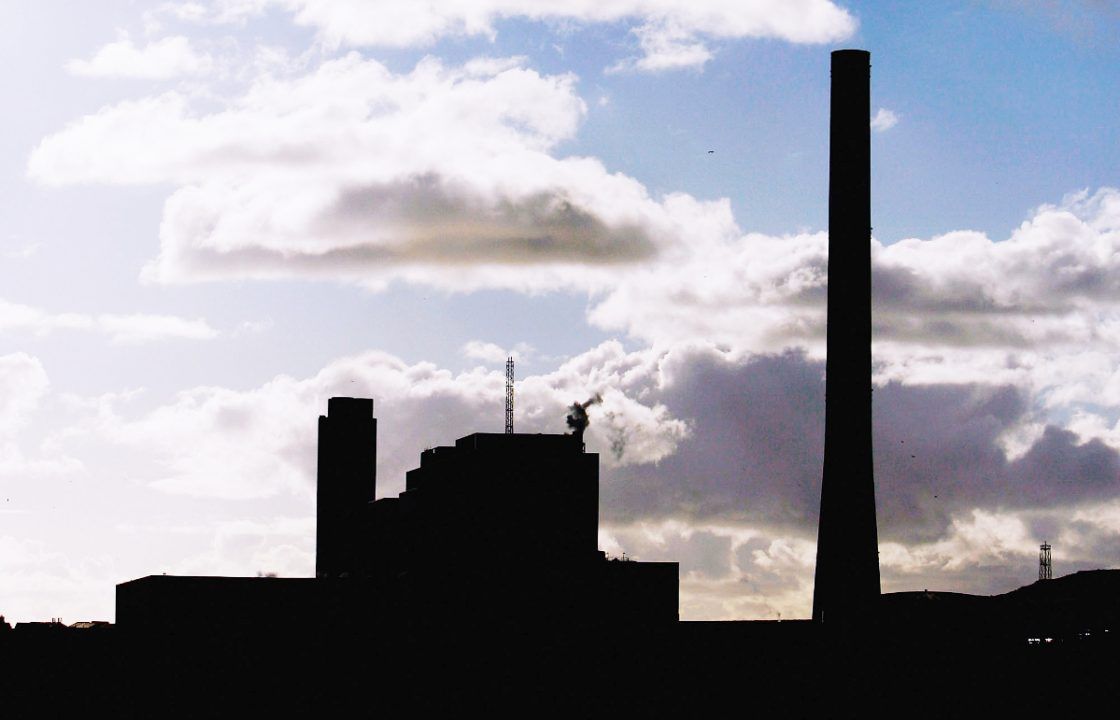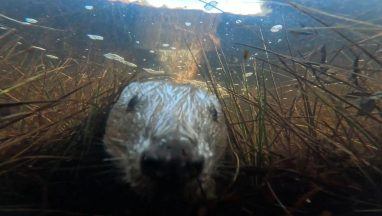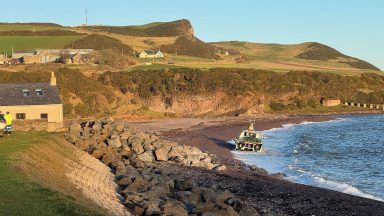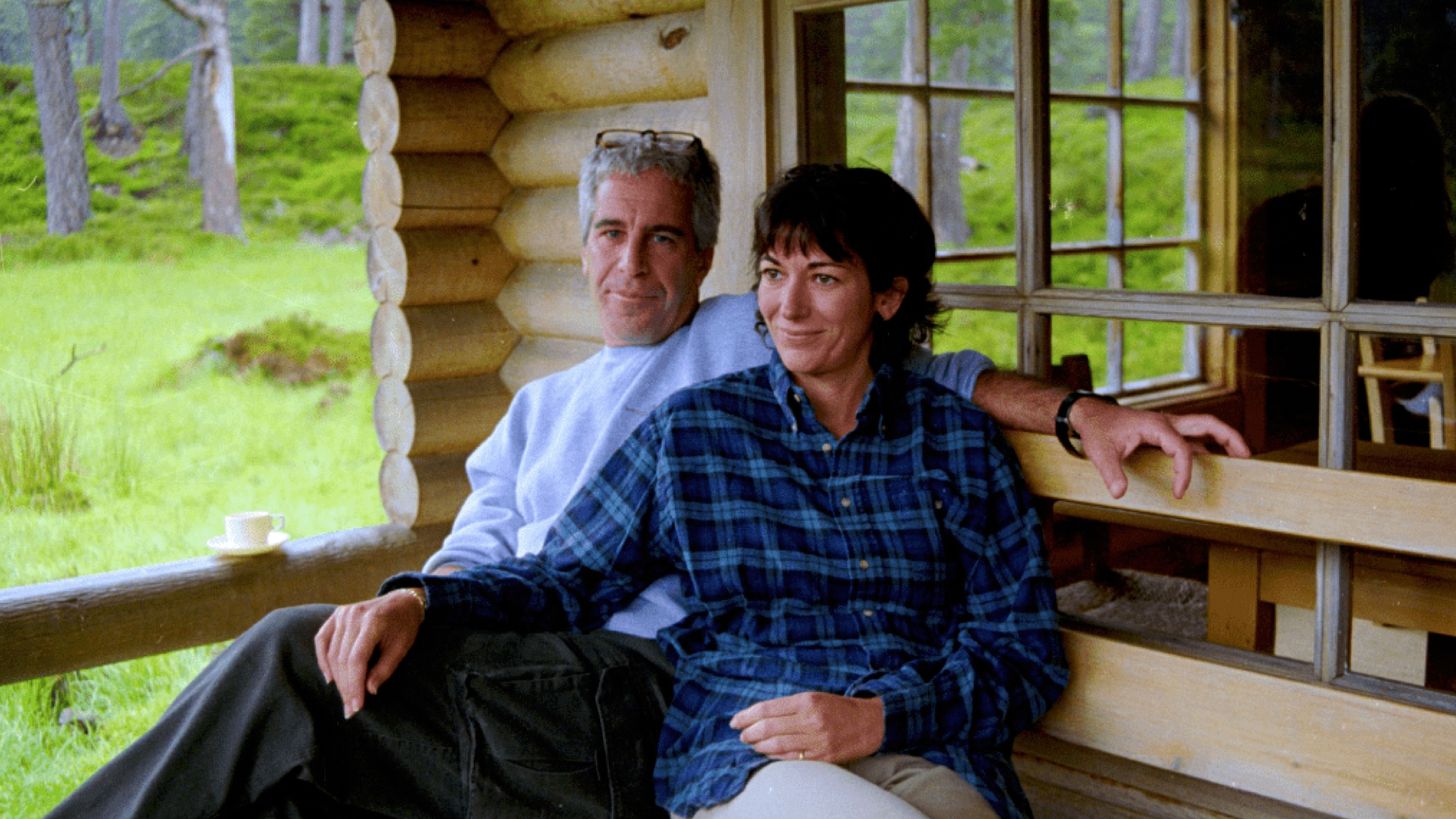The boss of the firm behind a new power plant in the north of Scotland has said its development is vital for the country’s energy security.
Plans have been submitted to create a new gas-fired power plant to the northeast of Peterhead.
The facility would be built next to the existing one and use carbon capture to reduce its emissions.
Climate campaigners have questioned the need for a new fossil fuel-powered plant and argue that the focus should be on publicly owned renewable energy instead.
The current owner of Peterhead Power Station, SSE Thermal, says it is coming to the end of its engineering life and needs to be replaced.
Finlay McCutcheon, managing director of SSE Thermal, said: “They do have an ultimate economic, technical life and they will need to be replaced.
“That’s why we at SSE want to build new, replacement power stations that are either abated and decarbonised from day one, which is what we want to do at Peterhead or on a clear pathway to decarbonisation in the future.”
Will carbon capture tech solve pollution issues?
The current power plant is one of the biggest polluters in Scotland but those behind plans for the new site say using carbon capture technology could reduce emissions by more than 90%.
Carbon dioxide (CO2) created at the plant would be captured, transported to nearby St Fergus at the Acorn project, before the CO2 is pumped out to the North Sea by pipes and stored around 2.5km under the seabed, in a process known as CCUS.
However, the delay in the advancement of CCUS means a closure date for the current plant has changed from 2030 until the middle of the next decade.
The two sites could also operate side-by-side until 2040, in a “worst case scenario”, according to SSE Thermal.
The plans are currently with the Scottish Government, and it will be for ministers to decide if they get the go-ahead.
Climate campaigners have urged the Government to reject the proposals.
Rosie Hampton, of Friends of the Earth Scotland, said: “What gives us real energy security is publicly owned renewable energy that isn’t tied to the volatile international prices of gas and can bring down bills for people whilst also making the necessary energy transition that we need.
“When we think about what delivers for people in the North East of Scotland and the rest of the country, we’re looking at things like wind, solar, direct electrification, we’re not looking at power stations.”
However, SSE Thermal argues that gas-fired power stations will still be needed even during the transition, when the wind doesn’t blow or the sun doesn’t shine.
The current plant has been in operation for more than 40 years.
Although its role has changed, when it first started working in the early 1980s, it operated at near full capacity for most of the year.
Now, because of the increased use of renewables there can be several days at a time when it isn’t generating power.
Updated environmental impact assessment
A recent updated environmental impact assessment (EIA) of the new power plant says estimated emissions over its lifespan have increased by around threefold from the original estimates.
SSE Thermal said the direct pollution from the proposed plant hasn’t increased.
The firm’s MD said: “We’ve updated that to take into account the upstream emissions from the gas that we will use for the new power station.
“What hasn’t changed is our assessment of the direct emissions from the power station, that remains exactly the same.”
Friends of the Earth Scotland said more than 1,600 people and 30 organisations objected to the plans in a consultation on the updated EIA that closed this week.
The current plant employs around 80 full-time staff, and it’s estimated that the new site will employ around 240.
‘New station is vital’
Jennifer Hemmings has worked at the power plant for four years and believes a new station is vital for the area.
“I think it’s very important for me in terms of things like job security and as well for myself moving into a more greener kind of job,” she told STV News.
“I think it would mean job growth, especially in the development phase, when it’s getting built, lots of local work.”
The Scottish Government said it would not be “appropriate” to comment on a live application.
“A decision will be taken by ministers in due course, following consideration of the application information, consultation responses and representations made by members of the public,” a spokesperson said.
Follow STV News on WhatsApp
Scan the QR code on your mobile device for all the latest news from around the country



























